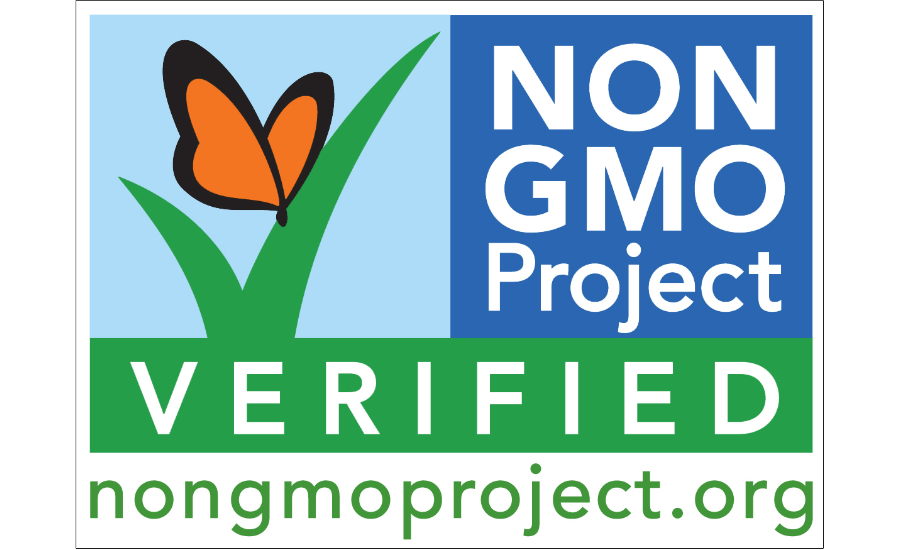GMO labeling was everyone’s favorite topic at the recent ECRM show in Florida. And by favorite, I mean, they were really upset about it.
Most of the discussion was focused on a new law in Vermont that’s slated to go into effect this summer and would require GMO labeling on all foods.
Everyone was worried that national retail chains would just require all packaging across the country to have GMO labeling to make their lives easier while simultaneously making lives harder for candy makers. And they were stressed about how much it would cost to change their packaging. And they were concerned that consumers would just be confused by the labeling, and assume anything with a GMO in it is somehow going to give them cancer and make them fat at the same time.
Of course, that’s the most frustrating part about requiring GMO labeling — as far as we know GMO’s are actually completely safe. But when you label something as having GMOs suddenly consumers are left to wonder why you even had to mention it in the first place. It’s like your boyfriend telling you, “Don’t worry, I’m definitely not going to break up with you.” Umm, OK. I didn’t think you were, but now I kind of do.
You might be thinking to yourself, “If you’re so worried about GMO labeling, just make your products non-GMO.” But nothing is ever that simple, is it? First off, no matter what ingredients you use, it’s hard to get certified as non-GMO, but add in things like sugar to mix and it’s basically impossible. Nearly all sugar is a GMO. And it also happens to be the main ingredient in most candy.
There is some hope for candy makers though. As the Chicago Tribune reports, “States could no longer require labeling of genetically modified foods under legislation approved by a Senate panel. The Senate Agriculture Committee voted 14-6 Tuesday [March 1] to prevent the labeling on packages of foods that include genetically modified organisms, or GMOs.”
It’s a regulation that is supposed to override any state requirements for GMO Labeling.
The Chicago Tribune continues that, “Senators have said they want to find a compromise on the labeling issue before Vermont's law kicks in. Sen. Pat Roberts, R-Kan., chairman of the panel, said a patchwork of state laws would be a ‘wrecking ball’ that could be costly for agriculture, food companies and ultimately consumers.”
Roberts makes a great point. If every state has different requirements, companies will have to scramble to keep up, and mid-size companies that sell across the country will likely be hurt the most in process as they have the fewest resources to deal with the regulations.
In the end, I guess it really comes down to whether or not GMOs are safe. Because if you think they are, then labeling food with little icons letting people know whether or not it has GMOs in it makes about as much sense as labeling bottle of water with little icons letting people know it has hydrogen and oxygen in it. It might sound scary, but it’s actually harmless.

